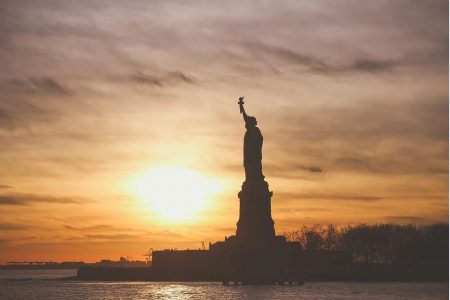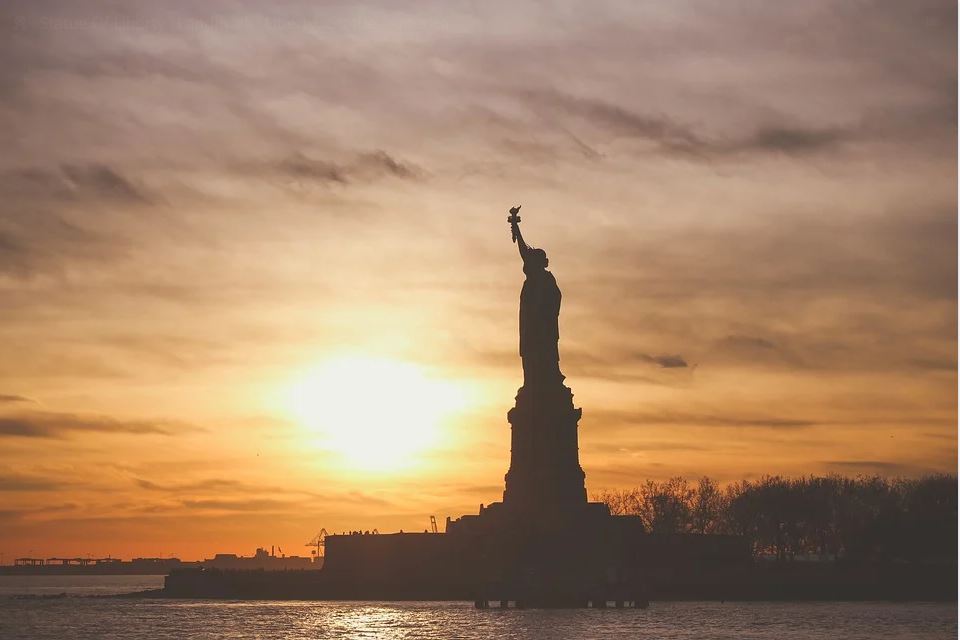COURT ORDERS ALLOW FOR PUBLIC CHARGE RULES TO COME BACK
by Contributor

(Sep. 28, 2020) — Trump-era public charge rules are coming back despite the initial court order to stop these because of the pandemic. Other court orders have overturned the initial order and now allow for the harsher implementation of these rules.
Immigrant communities will have problems soon as the public charge rules that the Trump administration wanted to implement back during the beginning of the pandemic are back. While public charge rules have been around since the 19th century, the current version is very strict and can make applying for a green card much more difficult.
The main idea behind this rule is that the government can deny a green card to anyone it determines will become a public charge. It is a ground for inadmissibility and can affect many people depending on how the government interprets what being a public charge is. The problem is that the Trump administration released rules in 2019 that deemed anyone who relies or could rely on any of the public benefits that the government gives out a public charge. These include food stamps and medical vouchers.
Judge George Daniels blocked this rule from being implemented with a court order last July because it hampered the treatment of the pandemic. Many immigrants refused to seek treatment since they might become considered a public charge and be deported. However, various court orders have chipped away at the order and have successfully overturned it. Now the Trump administration is free to follow this rule once again and apply the public charge test.
History of Public Charge Rules
The public charge rule is not new. The first time they became part of the immigration process was back in 1882. This was when the federal government started to restrict the immigration policies of the country. The problem with the rule was that the definition of what a “public charge” was. Back in its original implementation, it simply meant anyone that the government thought would be a burden to the economy. The lack of clear definition has allowed the rule to be rather flexible throughout the years.
The most notable shift with the rule was back during the Clinton era. The public charge rule got two simple guiding principles. A public charge was then considered as someone who either used public cash assistance for income maintenance or faced long-term institutionalization under government expense. This mainly means that people receiving welfare or were receiving state medical assistance would fall under this rule. Many people avoided getting a public charge denial because immigrants were not receiving welfare at all, and they could get a financial sponsor to support them.
However, the Department of Homeland Security under the Trump Administration decided that these rules were not enough. They now have three separate reasons for declaring a person to be a public charge.
First, they declare it if a person used certain government benefits. Instead of welfare being the only benefit that would cause problems, food stamps, Medicaid, and others might end up, resulting in a public charge denial. The second reason is if there is a possibility of a person using any government benefits in the future. This means that if there is a chance of a person becoming a public charge, they will get their green card application denied. The DHS plans to look closely at a person’s age, health, skills, and other details to determine whether they will use benefits in the future. Finally, even if a person passes all the above requirements, they can still get a public charge denial if they have insufficient financial resources. The DHS plans to require green card applicants to fill out a “Declaration of Self-Sufficiency” (Form I-944) to prove that they have the funds to take care of themselves.
Why This Is Bad News
As another roadblock to immigrants, this can be bad for the economy. With the hammering it is receiving, the US economy needs all the help it can get. For a healthy economy, you need workers, and there is no one more hardworking and dedicated than an immigrant. Talk to an immigration attorney, and they will likely tell you stories about immigrants working hard to contribute to the local economy. This is far from the image that anti-immigration advocates paint that people only come to the US to live the easy life.
Immigration may be the solution to the issue of a weaker economy. In a recent book entitled “One Billion Americans,” Matthew Yglesias, co-founder of the popular news and opinion website Vox, suggests that the US can return to greater prominence by increasing immigration and the birth rate. He points out that if the US wants to stay relevant with China’s rising power, the US needs more people. Even with the increase in population, the US has enough space to comfortably house all of them. While it sounds drastic, the power of immigration as an economic boost is hard to deny.

